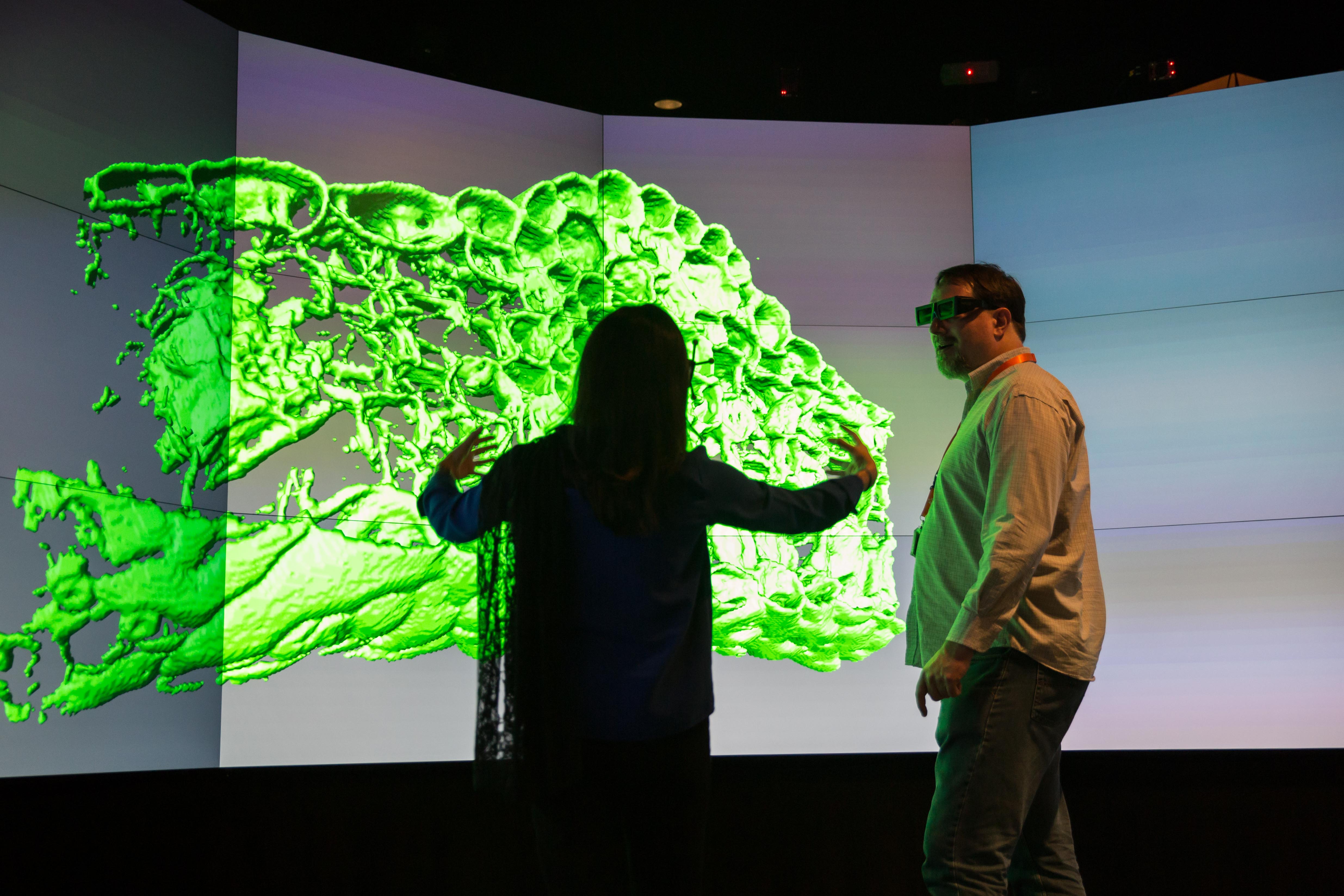.png?sfvrsn=783d594f_0)
.png?sfvrsn=783d594f_0)
Inclusive Teaching
Inclusive teaching is a ‘education for all’ design approach that is focused on inclusive educational practices. Inclusive teaching is dedicated to ensuring all learners have opportunities to optimize their learning.
Inclusive classroom approaches require the instructors to create an environment for all the students to feel safe, encourage them to express views and support their learning needs. In addition, instructors teaching approach needs to consider learners with a variety of backgrounds, learning abilities and ensure there is an equal opportunity to contribute completely in the learning process. These approaches provides and inclusive learning environment and learners feel equally valued and welcome in the classroom. To develop inclusive classroom environment instructors needs consistent curriculum review and understanding of inclusive practices.

Example 1: when designing a course content instructors need to consider a variety of reading lists for different gender, religious and culture.
Example 2: presenting several cultural and racial perspectives in case studies and ensure that teaching materials and lecture examples present a diversity of human examples and avoid any focus in any particular individual or group.
That have all learners encouraged to contribute to the classroom.
Example: learn about learner’s backgrounds and develop approaches based on learners’ differences
KAUST is committed to meet the Sustainability Development Goals as part of the Kingdom Vision 2030 by contributing to its goals and deliver quality education that is fundamental to creating a peaceful and thriving world. The Sustainable development Goal #4 focuses on education and that provides people with the knowledge and skills they need to remain healthy, get jobs and foster tolerance.

To create an inclusive course and build an excellent learning experience that are focused, appropriate, and available to all learners requires advanced planning. Below are some key components for inclusive course design.
---khulud-m-_chu9884.jpg?sfvrsn=e7c57dba_1)
KAUST teaching and learning is committed to uphold its learners’ values by ensuring the learning environment is aligned with their diverse backgrounds. The institution achieves this goal by recognizing the value of both learners and instructors and the asset value of this contribution to KAUST. It also ensures its educational initiatives values the dynamic cultures and individual identities as visible in individuals’ engagement in the institution.

Our learning design approach provides the specification for enabling an equitable and inclusive learning experience. KAUST recognizes that long-term developments in inclusive education practice requires a sustained commitment to embracing difference. KAUST recognizes cumulative impact is achieved through incremental and individual actions.
